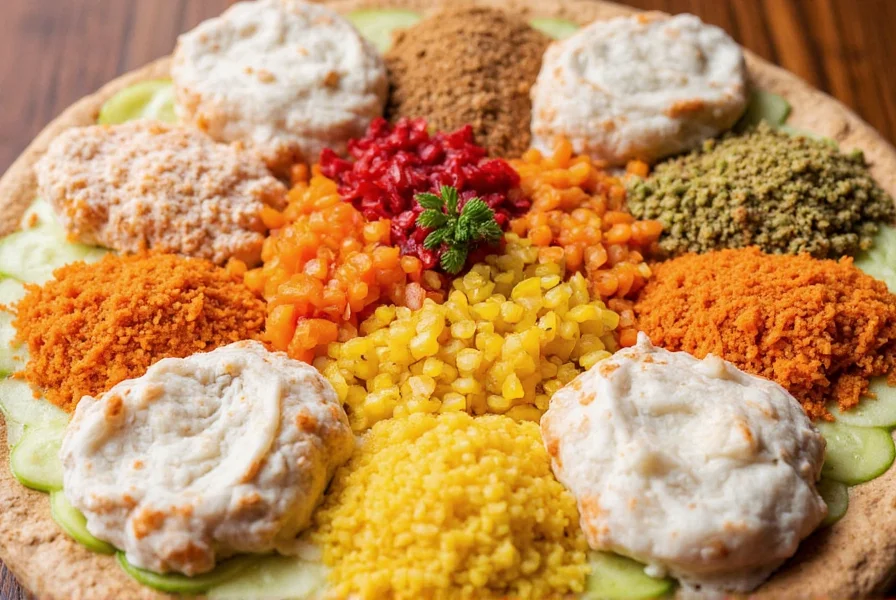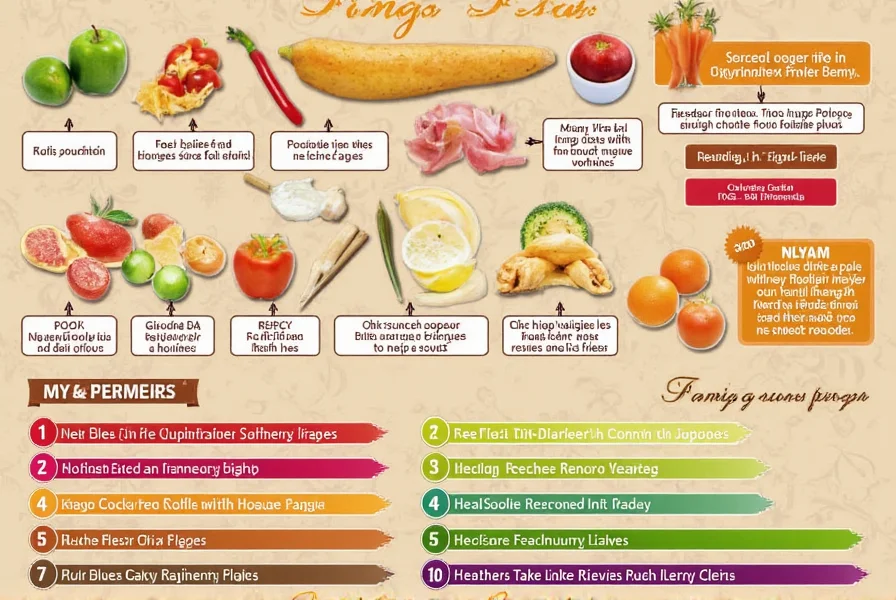A flavor profile is the unique combination of tastes, aromas, and sensory characteristics that define a food or ingredient. It encompasses elements like sweet, salty, sour, bitter, umami, heat, and aromatic qualities that work together to create a complete sensory experience. Understanding flavor profiles allows you to intentionally combine ingredients for balanced, delicious dishes.
The Building Blocks of Flavor
| Flavor Element | Description | Example Spices/Ingredients |
|---|---|---|
| Sweet | Adds warmth and depth; balances heat or bitterness | Cinnamon, Anise, Allspice |
| Salty | Enhances other flavors and reduces bitterness | Sea Salt, Soy Sauce |
| Sour | Brightens flavors and cleanses the palate | Lemon Zest, Sumac |
| Bitter | Adds complexity and balance | Fenugreek, Coriander Seeds |
| Umami | Provides richness and savory depth | Mushroom Powder, Fermented Spices |
| Heat (Pungency) | Stimulates taste buds and creates excitement | Chili Peppers, Black Pepper, Ginger |
| Aromatic | Engages the sense of smell and enhances appetite | Basil, Cardamom, Bay Leaf |

Why Flavor Profiles Matter
Knowing a spice's flavor profile helps you:
- Create balanced dishes
- Avoid off-putting flavor clashes
- Make informed substitutions
- Elevate everyday meals into memorable experiences

Common Spice Flavor Profiles
| Spice | Primary Flavor Notes | Best Pairings | Best For |
|---|---|---|---|
| Cumin | Earthy, Nutty, Warm | Turmeric, Coriander, Chili | Mexican, Indian, Middle Eastern Dishes |
| Cinnamon | Sweet, Woody, Fragrant | Nutmeg, Clove, Vanilla | Desserts, Curries, Coffee |
| Paprika | Smoky, Sweet, Mild Heat | Garlic, Cumin, Thyme | Spanish, Hungarian, BBQ Recipes |
| Cardamom | Floral, Citrusy, Herbal | Ginger, Cinnamon, Clove | Indian Desserts, Chai Tea, Breads |
| Black Pepper | Pungent, Slightly Fruity | Any dish where a kick is needed | All-purpose seasoning |
| Coriander Seeds | Citrusy, Floral, Slightly Bitter | Cumin, Turmeric, Chili | Curries, Roasted Vegetables, Sauces |

Frequently Asked Questions
What is the definition of a flavor profile?
A flavor profile refers to the unique combination of tastes, aromas, and sensory characteristics that define a particular food, ingredient, or dish. It encompasses all elements including sweet, salty, sour, bitter, umami, heat, and aromatic qualities that work together to create a complete sensory experience.
How is flavor profile different from basic taste?
While basic tastes (sweet, salty, sour, bitter, umami) are detected by taste buds on the tongue, a flavor profile is much more comprehensive. It includes aroma, texture, mouthfeel, aftertaste, and how all these elements interact and evolve from the first scent to the final aftertaste. Flavor is a multi-sensory experience, while taste is just one component of it.











 浙公网安备
33010002000092号
浙公网安备
33010002000092号 浙B2-20120091-4
浙B2-20120091-4